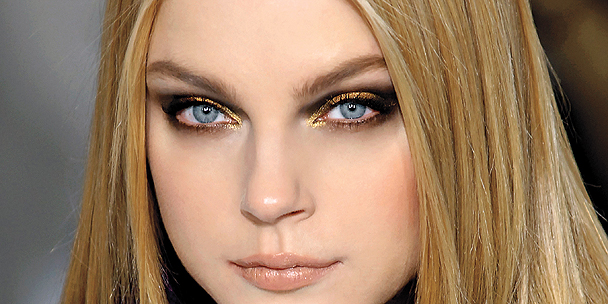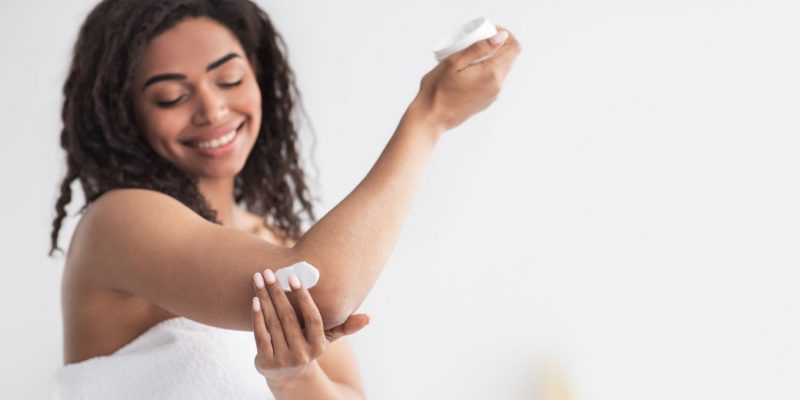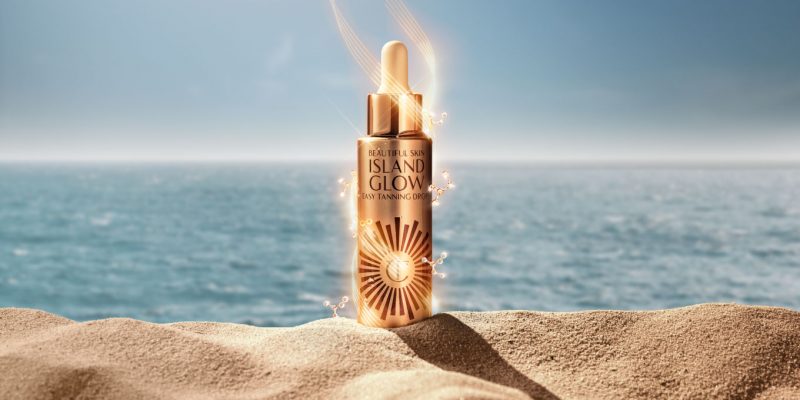Silver in soap, gold and platinum in serums, diamond dust in face creams: The current beauty consumer is faced with a number of alluring product ingredients that were once found only at Tiffany’s. The question is, What are they really doing in our skin-care creams and lotions beyond making us feel deliciously self-indulgent?
The first thing to realize is that at least some of the benefits of these super-sexy jewel-box ingredients are determined by the cocktail of ingredients they’re combined with. Dazzled by diamonds or gaga over gold, beauty consumers focus on these elements individually. And that’s understandable because when you’re reading an ingredient list, diamond dust and gold flakes are a lot easier to visualize than peptides and enzymes. But it’s often the other active ingredients — or the formula as a whole — that ultimately deliver the promised beauty benefits.
That said, the use of diamond dust as an exfoliant — albeit an especially elegant and costly one — and its potential as a reflective agent to boost skin’s radiance are pretty much self-explanatory. Pearl powders have been used for centuries for their beautifying effects on the skin, and silver’s antibacterial properties are well established. (That’s why it has long been a staple in the much less glamorous world of dentistry.) It makes sense, then, that these elements in soaps or creams help justify their $100-plus price tags.
What will diamonds, silver and gold do for your skin? Learn more on the next page …
Prep your skin with the very best in primers
Things get a little more complicated with ingredients like finely powdered tourmaline. Dr. Lida Mahal, vice-president of research and development at Cosmetica Laboratories in Toronto, explains that tourmaline is actually amethyst with a high concentration of magnesium. “We know that magnesium has healing properties and increases energy levels when taken internally,” she says, pointing out that magnesium is a key mineral in most multivitamin formulations, “but I don’t believe there’s enough scientific evidence to prove that it works similarly through a skin-care product.” As for gold and platinum, Mahal says that they could, theoretically, have antioxidant properties because “looking at their chemistry, they can react with free radicals.” Since most efficacy studies are conducted on the finished product, identifying an isolated ingredient’s contribution to the overall benefits of a product is tricky at best.
So, if you love a pricey moisturizer flecked with silver or want to try an anti-aging serum laced with platinum, go for it — assured that you are, in at least one regard, getting what you paid for. Asked if tourmaline and diamond dust and gold ingredients are, as one would assume, more expensive, Mahal laughs and says, “They don’t call them ‘precious’ for nothing.”
Read more
How to get poreless skin
Eye creams that fight the signs of aging
Skin care myths solved









